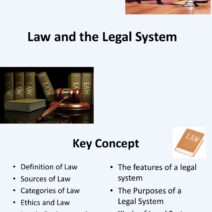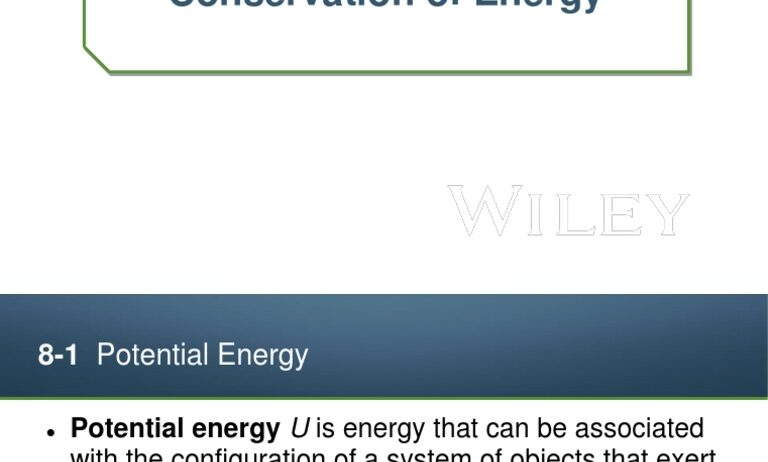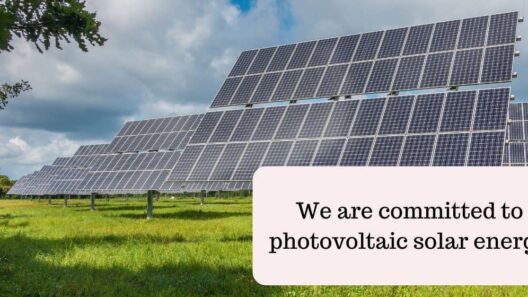Is potential energy always conserved in chemical reactions? It’s a question that flits through the corridors of chemical education and prominent discourse among educators and enthusiasts alike. The concept of energy conservation is enshrined in the law of conservation of energy, yet the intricate processes involved in chemical reactions can make one ponder if potential energy is indeed a steadfast companion throughout these transformations. To comprehend this enigma, let’s embark on an exploration of potential energy, its conservation, and the nuances that emerge during chemical reactions.
Potential energy, fundamentally, refers to the stored energy in a system due to its position or arrangement. In a broader context, chemical potential energy resides within the bonds of molecules. It’s the energy that can be unleashed or converted during a reaction, often manifesting itself as kinetic energy, light, heat, or other forms of energy. This transformation is typically heralded by the breaking and forming of chemical bonds.
In an ideal world governed by strict adherence to conservation laws, one might conclude that potential energy should seamlessly transmute into other energy forms without any loss. However, reality injects complexities into this seemingly straightforward concept. During a chemical reaction, molecules undergo a reconfiguration that challenges the linearity of potential energy transformations.
Let’s delve deeper. Imagine a familiar scenario: when a match strikes and ignites, the chemical potential energy within the matchstick is released, resulting in heat and light. While the overall system conserves energy, the specific pathways and transformations induce a paradox. Here, potential energy is not simply conserved; it is transformed and mitigated by factors such as entropy, which dictate that some energy disperses into less usable forms. Entropy, a concept often cited as the measure of randomness or disorder in a system, plays a vital role. In any spontaneous process, total energy is conserved, but the usable energy diminishes.
Consider endothermic and exothermic reactions. In exothermic reactions, such as combustion, substances release energy, emphasizing the liberation of chemical potential energy and conserving the overall energy in the universe. In contrast, endothermic reactions, like photosynthesis, absorb energy, thus demonstrating how energy is requisitioned from external sources, further complicating the conservation narrative.
Moreover, the role of catalysts in chemical reactions introduces further variability. Catalysts expedite reactions by lowering activation energy, allowing pathways that facilitate the rearrangement of potential energy in ways that would not occur spontaneously. This interaction between catalysts and potential energy can obscure the ease with which one might denote that potential energy is conserved throughout the reaction process, as energy transitions can become convoluted.
Let’s not overlook the micro-level interactions that unfold during chemical reactions. The creation of intermediate complexes often results in a temporary alteration of potential energy states. These unstable intermediates possess variable energy levels, hinting at the intricate dance of potential energy during transformations. The shifts in energy facilitate the ability of reactants to surmount energy barriers, prompting further inquiry: does this flexibility signify a loss of conservation, or merely an expression of energy in transition?
Additionally, temperature and pressure, external physical parameters, orchestrate the environment where reactions transpire. The energy associated with these factors thoroughly influences the potential energy landscape, depicting that conservation is not merely a simple transaction. During reactions, as temperature escalates, kinetic energy amplifies, bringing about a redistribution of energy states, and creating an environment where potential energy may seem less stable.
Despite these challenges, the foundation remains that energy — including potential energy — is neither created nor destroyed; it merely transfigures throughout the course of chemical reactions. This is a tenet of thermodynamics that upholds the broader perspective that energy is dynamic and can assume myriad forms. However, the intricacies of this transmutation warn us against oversimplifying the relationship between potential energy and chemical reactions.
In contemplating whether potential energy is always conserved in chemical reactions, the answer becomes less categorical than one might predict. The law of conservation at the macroscopic level holds firm, yet the nuanced interactions, entropic considerations, and deviations prompted by various external conditions weave a tapestry that complicates the assertion of absolute conservation. Potential energy is inextricably linked with the intricacies of molecular behavior and the pervasive influence of thermodynamic principles.
Ultimately, chemical reactions serve not merely as a narrative of energy conversion but as an intricate interplay of conservation and transformation. As we strive for a nuanced understanding of these processes, we must remain attentive to the subtleties that lie beneath the surface. Each reaction tells a story — a dynamic saga of energy, where potential energy remains a prominent character but not always a steadfast one. Therefore, it invites one to not just witness but to engage, to ask probing questions and challenge preconceived notions. Through this engagement, we cultivate a deeper comprehension of the energy that binds our world together.








